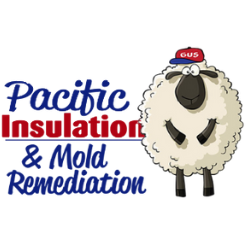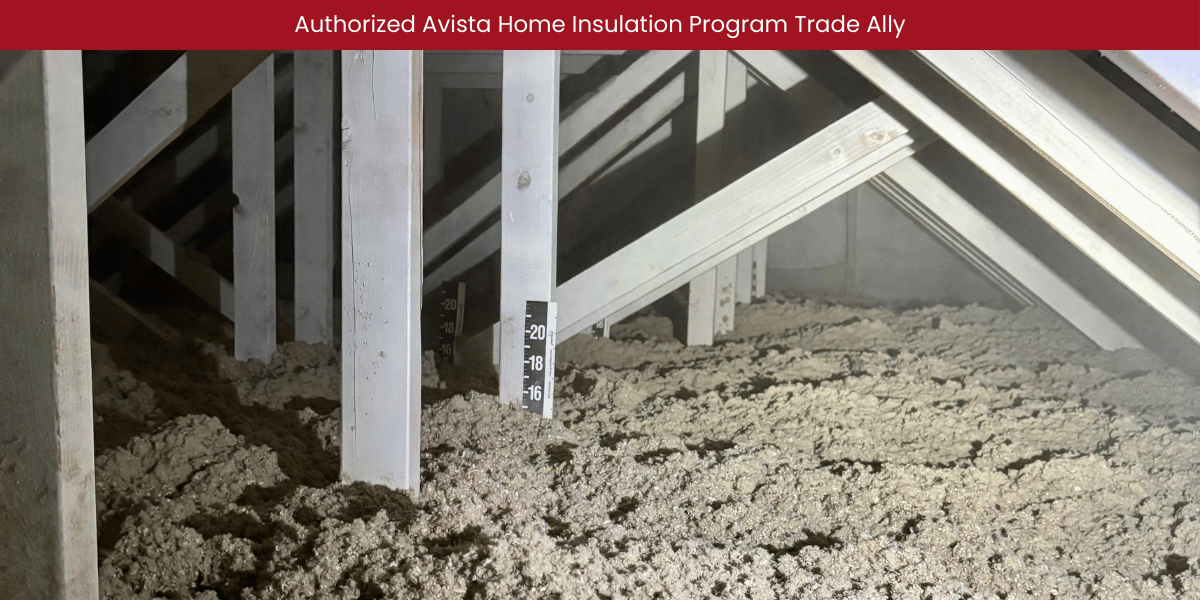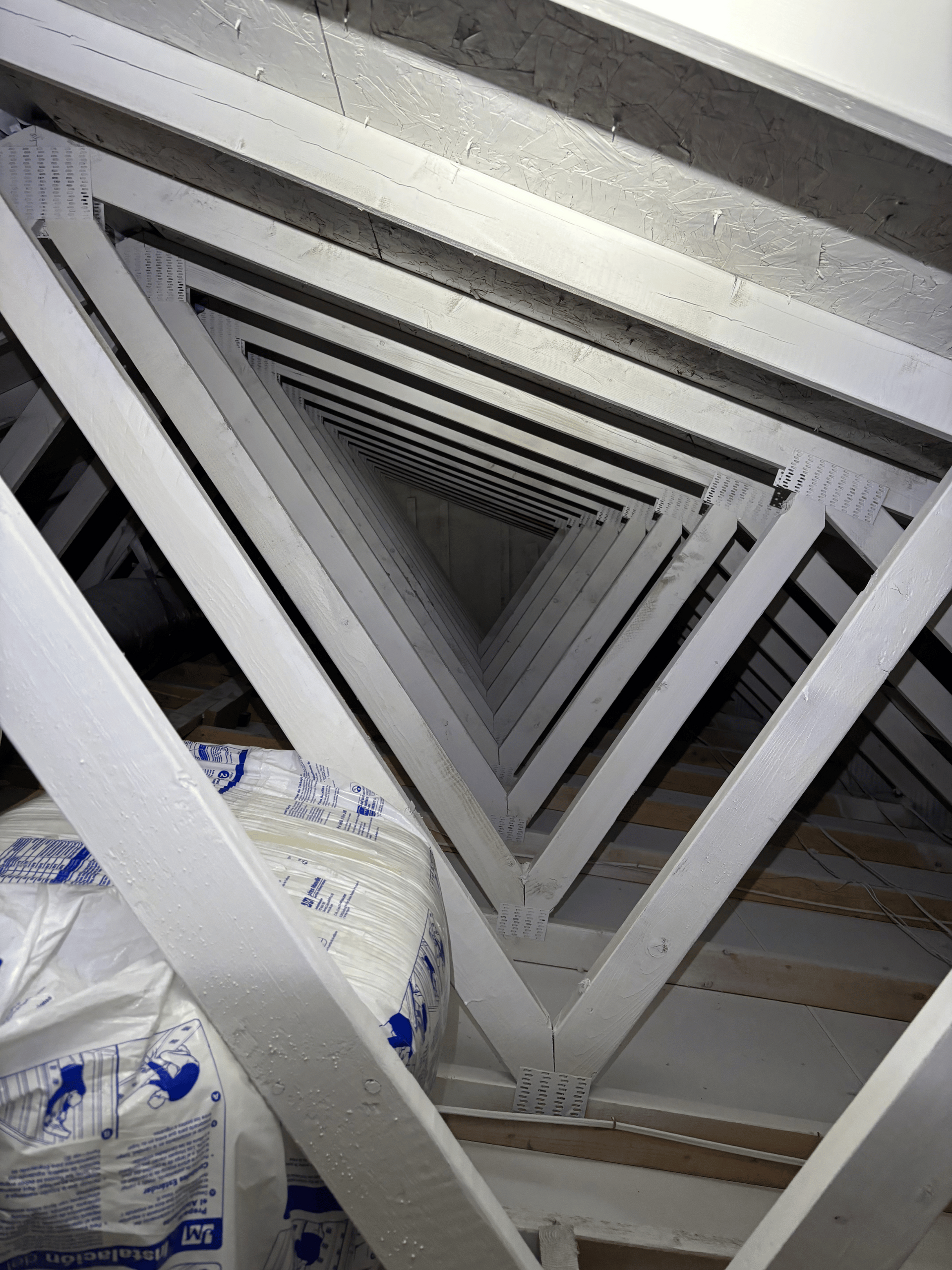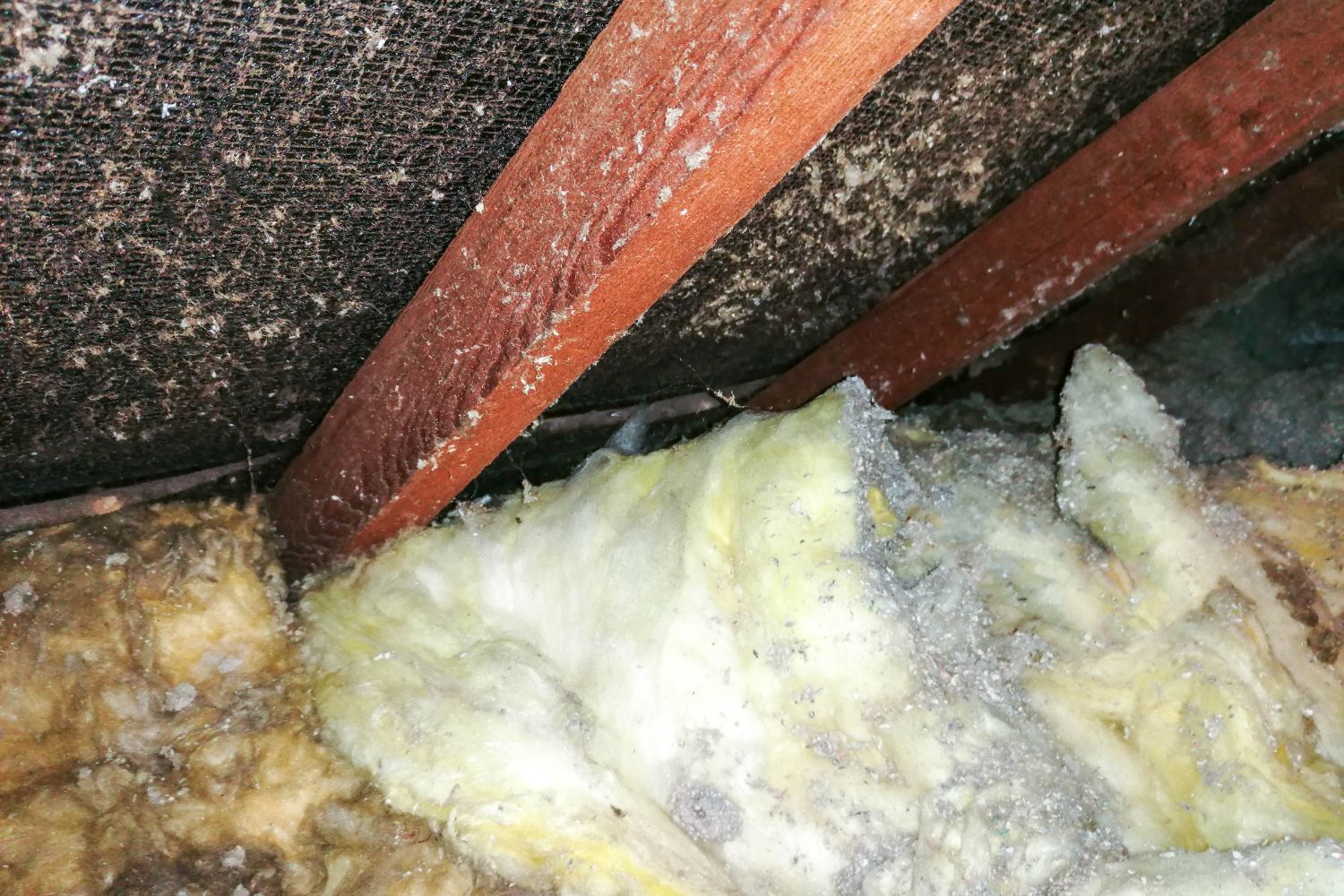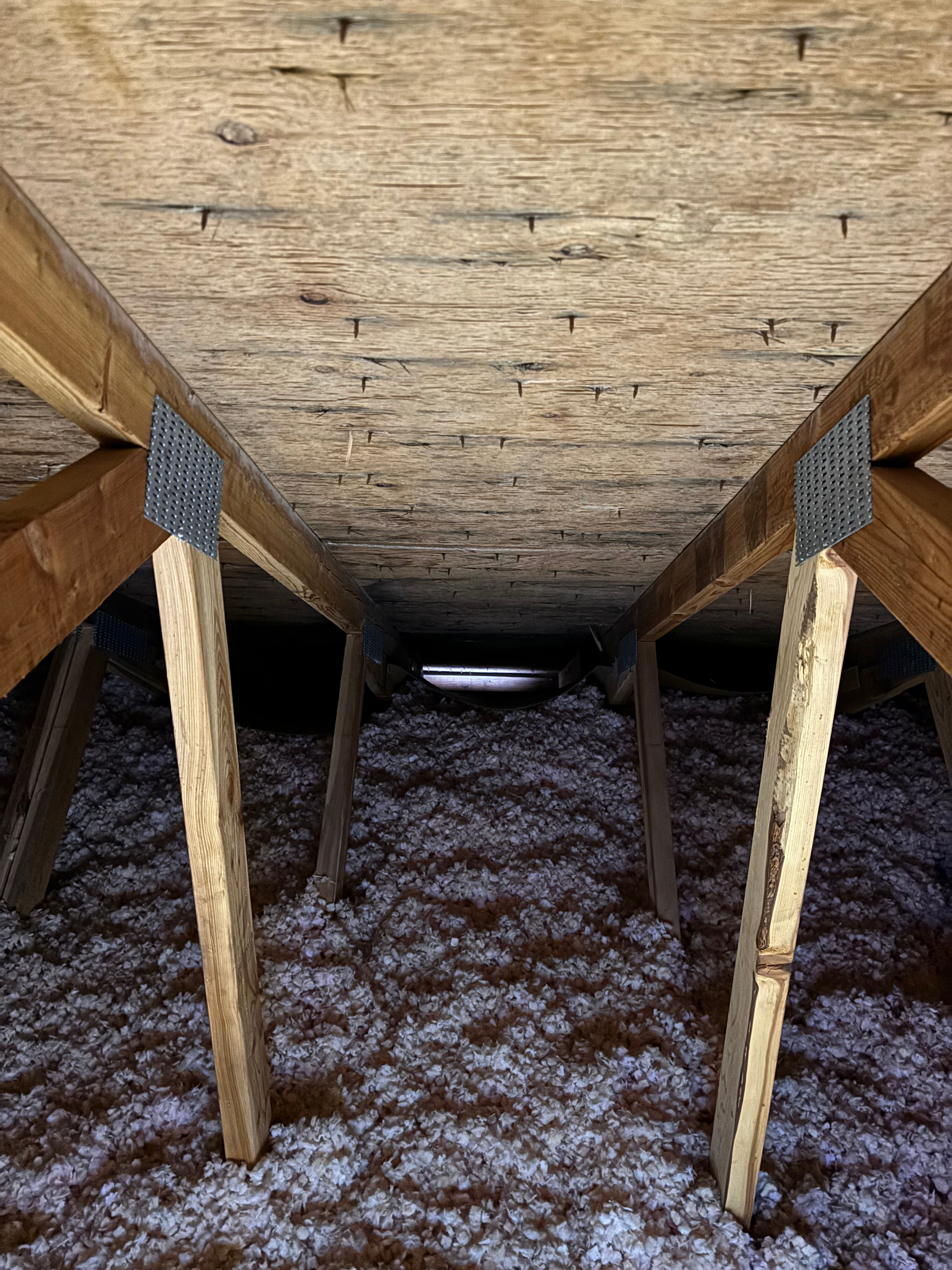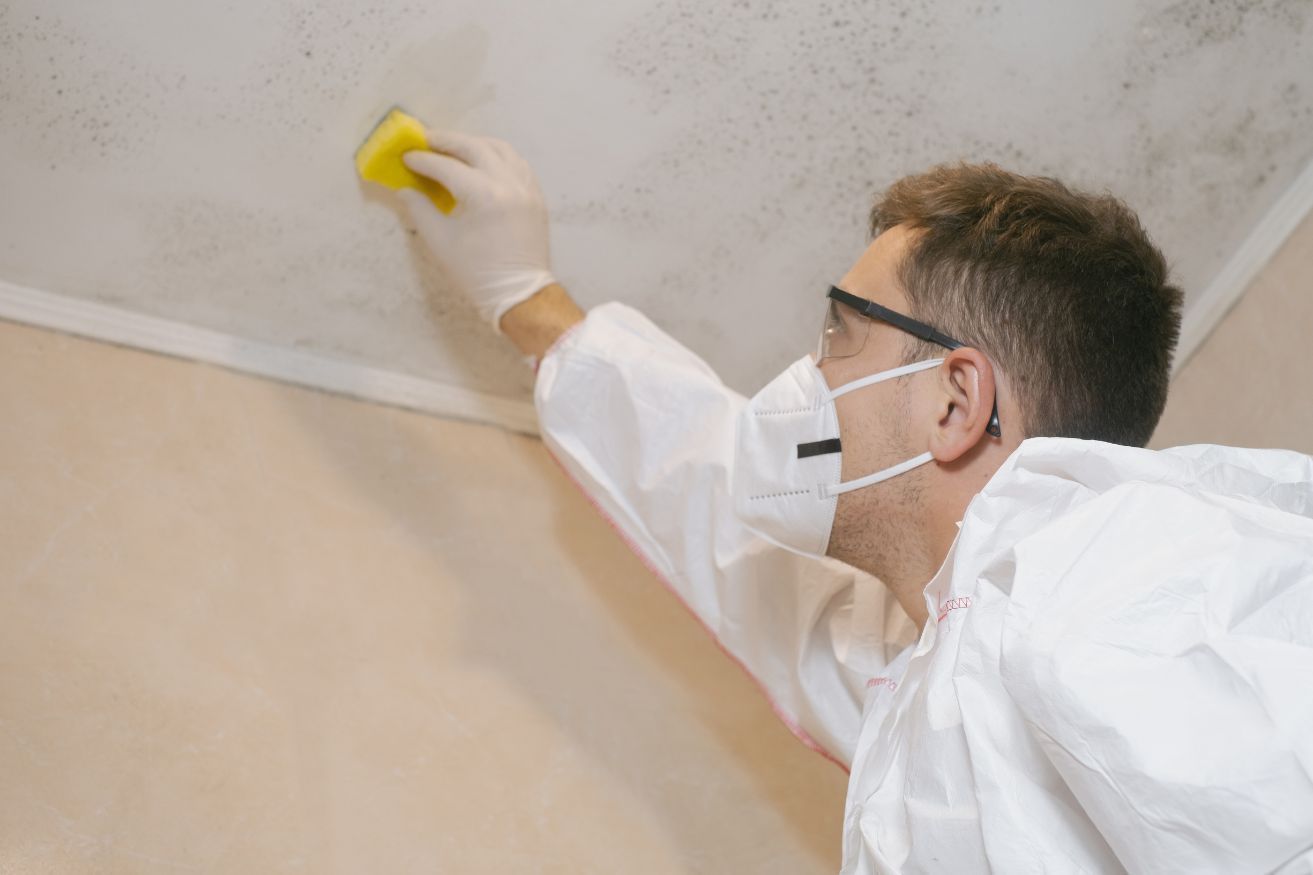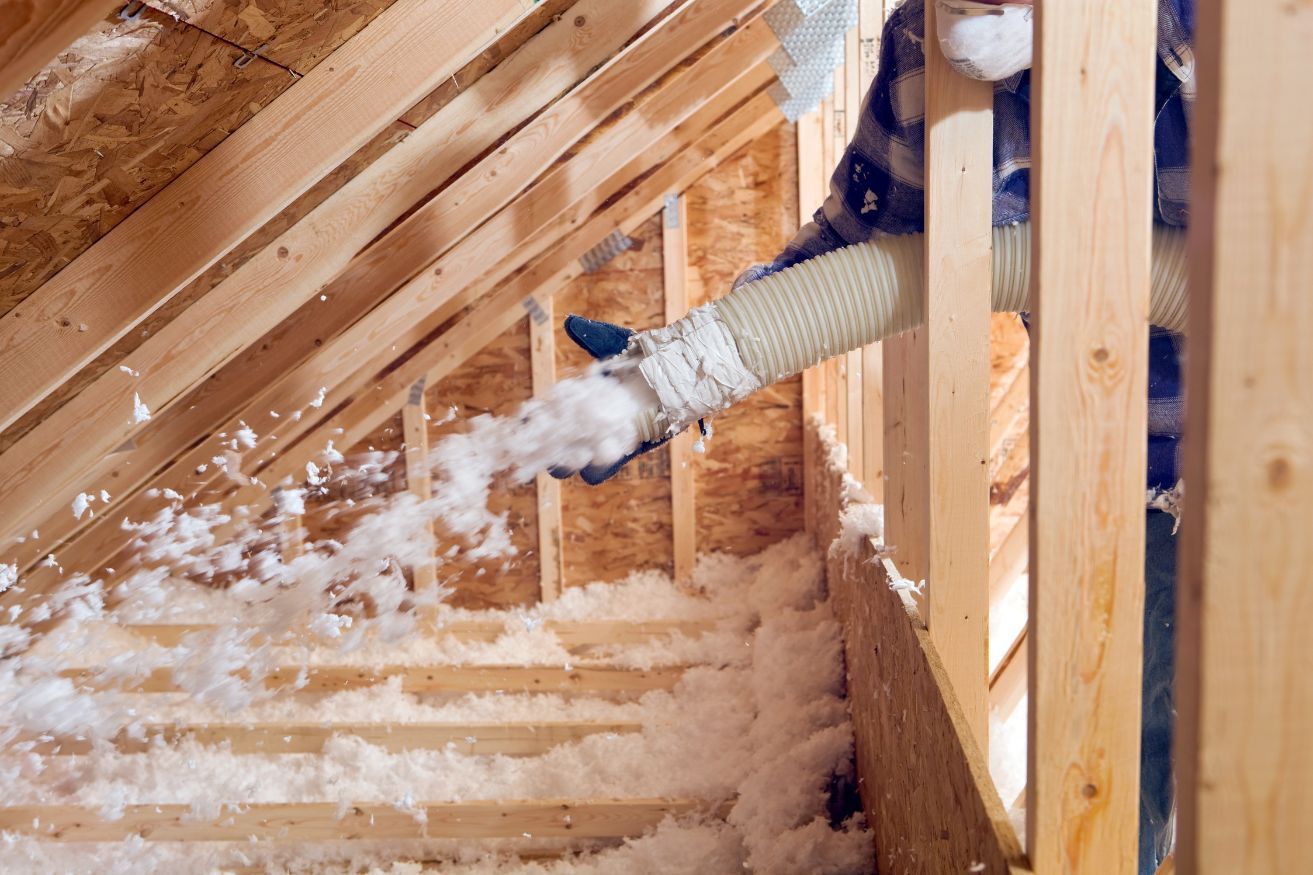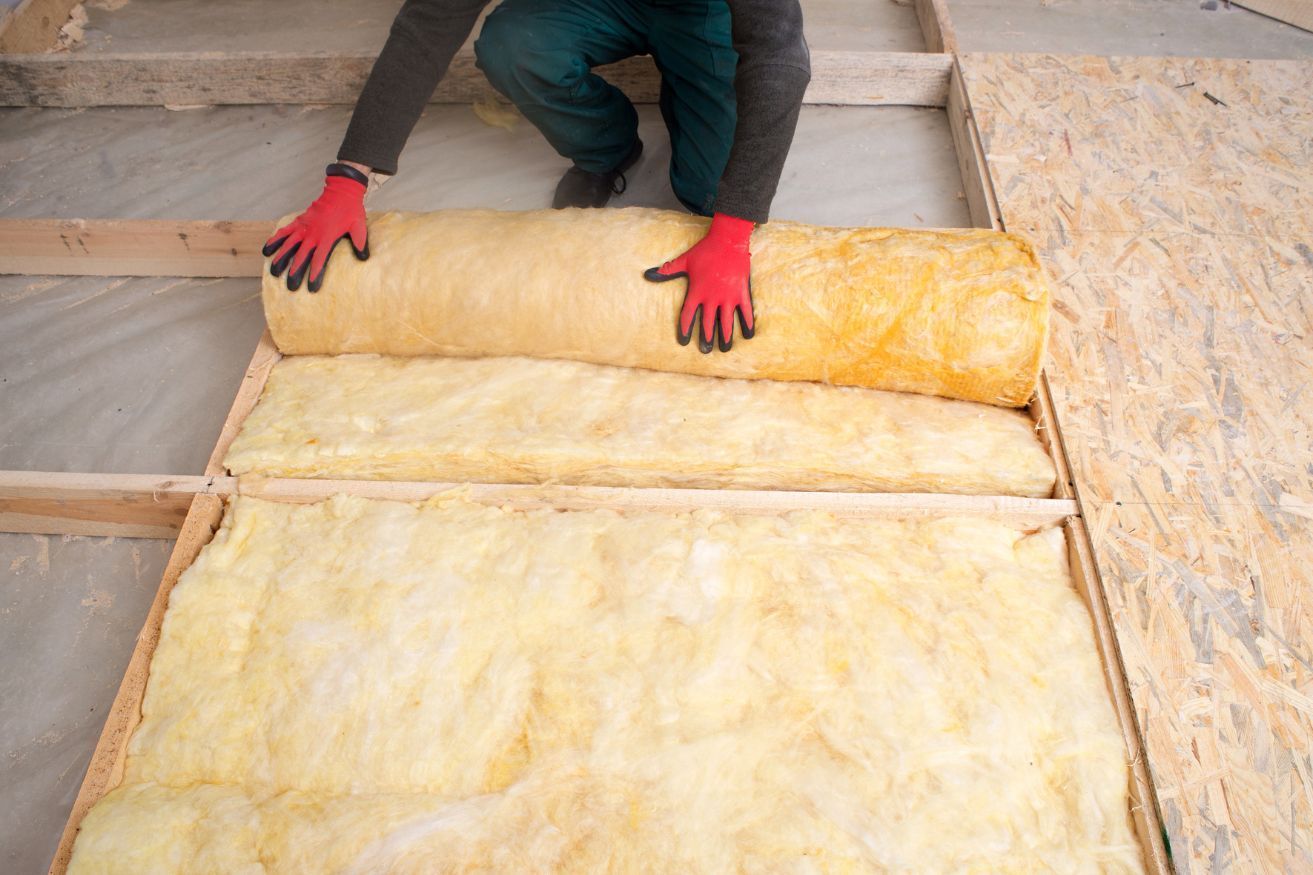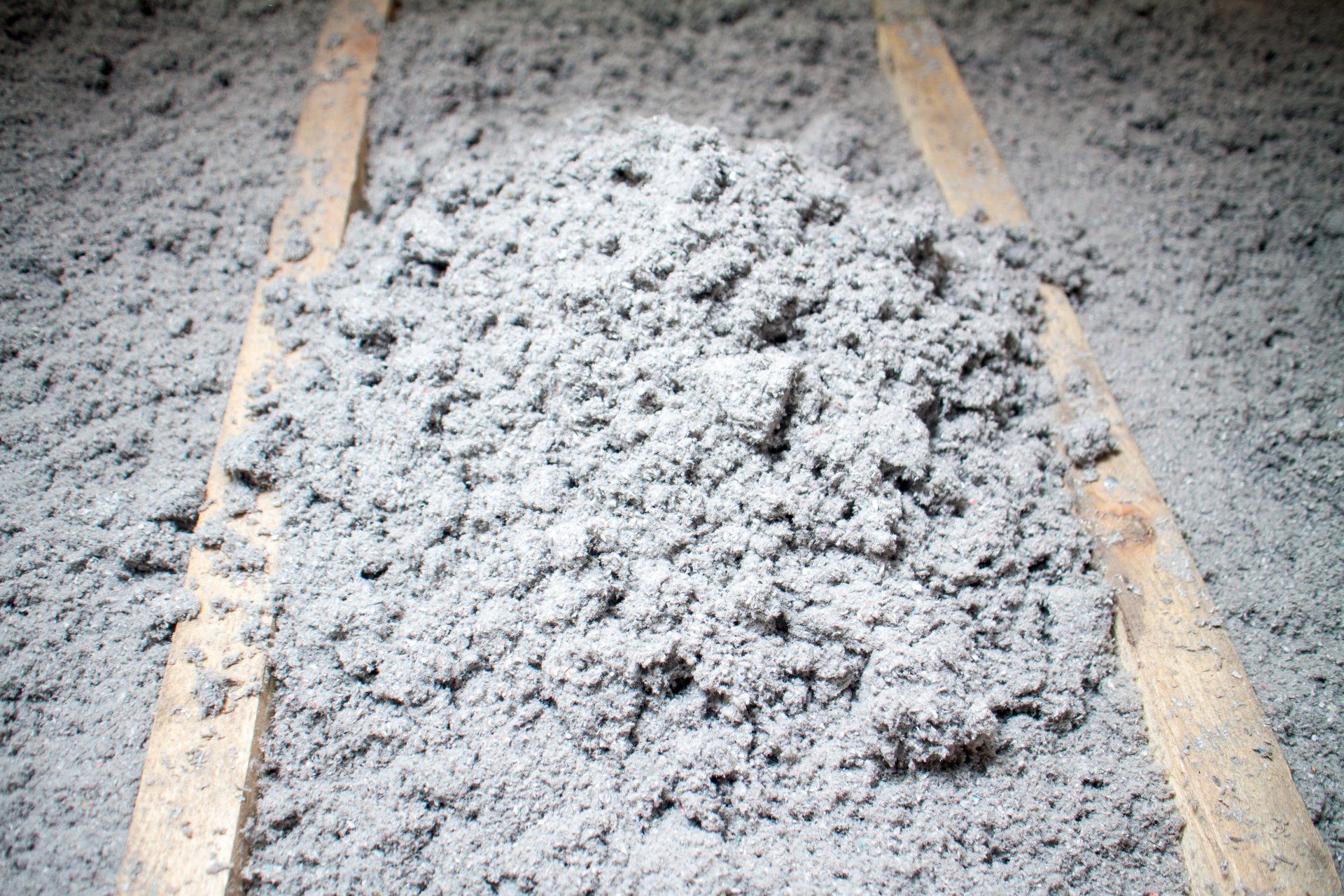Purpose of a Contractor Bond
In Washington State, a contractor bond serves as a type of financial guarantee that ensures contractors fulfill their legal obligations. It's essentially a protection mechanism for clients, workers, and the state. Here's how it works and what it covers:
Purpose of a Contractor Bond:
- Protection for Consumers: If a contractor fails to complete a project, performs shoddy work, or violates a contract, the bond provides financial compensation to the affected party.
- Compliance with State Law: In Washington, licensed contractors are required to post a bond as part of their licensing process. This ensures that contractors comply with regulations and obligations.
- Payment to Subcontractors and Suppliers: The bond can also be used to pay subcontractors, workers, or suppliers if the contractor defaults on payments.
Types of Contractor Bonds:
- General Contractor Bond: Required for general contractors who oversee and manage construction projects.
- Specialty Contractor Bond: Required for contractors specializing in specific trades, like plumbing or electrical work.
Bond Amounts in Washington:
- For general contractors, the required bond amount is typically $30,000.
- For specialty contractors, the required bond amount is usually $15,000.
Who Benefits from a Contractor Bond?
- Clients/Consumers: Can file claims if the contractor doesn't honor their contract or causes damages.
- Subcontractors and Suppliers: Can file claims for unpaid work or materials.
- State of Washington: Ensures compliance with licensing laws and regulations.
Limitations:
- A bond is not insurance for the contractor but a guarantee for others. If a claim is paid out, the contractor is responsible for reimbursing the bonding company.
Having a bond in place is critical for legal operation and maintaining trust with clients in Washington. It also protects the public from unscrupulous or negligent contractors.
